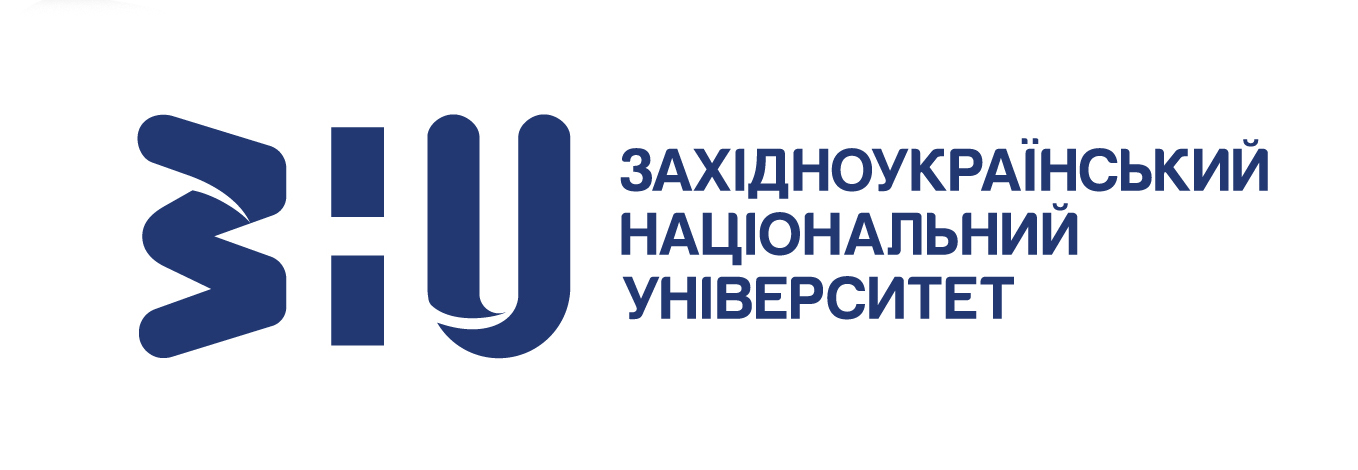DOCUMENT FLOW IN ELECTRONIC MONEY TRANSACTIONS IN THE CONTEXT OF ACCOUNTING INFORMATION SUPPORT FOR FINANCIAL SECURITY
DOI:
https://doi.org/10.35774/sf2023.01.117Keywords:
electronic document and document flow, electronic money transactions, money, accounting, financial security, information and communication technologiesAbstract
Introduction. The formation basis of the digital economy is the transition of business entities to electronic transactions. It is necessary to revise the order of document circulation at the enterprise, since electronic transactions involve the operation of electronic means of payment and cryptocurrencies, information about which is transferred between participants of settlement operations. First of all, the method of forming and processing primary documents in cash flow accounting will undergo changes. Accounting forms information arrays for cash management, which is an element of ensuring the financial security of enterprises.
The purpose of the article is to research the transformational trends in the electronic document flow of electronic money transaction systems from the accounting point of view to ensure the financial security of enterprises.
Methods. In the process of carrying out scientific research, a systematic methodical approach in combination with innovative, functional methods and methodical tools of generalization, bibliographic and comparative analysis was used to realize its aim.
Results. The accounting positioning of the bank statement as a primary document improved, which replaced in the conditions of electronic communication with financial institutions by information orders on the transfer of funds to the recipient and confirmation of the receipt of a payment from the electronic transaction system. The method of generating electronic invoices for payment, receipts and other supporting documents has been optimized through the recombination of data from the electronic transaction system in traditional regulated forms for informational participation in the formation and execution of electronic contractual relations and smart contracts. It is proposed to use blockchain technology in the organization of electronic document flow in electronic money transactions to ensure the financial security of enterprises regarding: fragmentation of information with the possibility of storing each of the elements with different stakeholders; optimization of document flow management, which involves automatic identification of the type and content of documents with sending to responsible persons; elimination of information barriers (oversaturation, redundancy, insufficiency, distortion of data); storing the history of data changes, which prevents financial fraud and accidental errors. The procedure for using the electronic signature system for authenticating the official responsible for monetary transactions in the electronic transaction system and obtaining stakeholder access to confidential reporting has been clarified. An information scheme and principles of a separate software module have been developed, which is a communication platform for information synchronization between electronic money transaction services and an automated system of accounting and management of transactions, and can be implemented at various enterprises to ensure their financial security.
Conclusions. The need to optimize electronic document flow in the system of electronic money transactions based on author’s proposals and developments to ensure financial security in combination with cyber protection of the enterprise. Cyber protection of electronic document management against internal and external cyber threats requires further research.
References
Transaction Value. Statista. Available at: https://www.statista.com/outlook/dmo/fintech/worldwide#transaction-value.
Qəmbərli, İlkin. (2022). The main distinguishing features of traditional document management and electronic document management systems. Scientific Research, 8, 123–126. Available at: https://doi.org/10.36719/2789-6919/08/123-126.
Nazarova, I. Ya. (2020). Mozhlyvosti ta funktsii elektronnoho dokumentoobihu [Possibilities and functions of electronic document management]. Ekonomichnyi prostir – Economic Scope, 159, 166–170. Available at: https://doi.org/10.32782/2224-6282/159-34.
Kushybe, S. (2021). International legal regulation of electronic document circulation. Historia i Świat. Available at: https://doi.org/10.34739/his.2021.10.18.
Ragimova, N., Abdullayev, V., Soltanaga, A. (2020). Analysis of main requirements for electronic document management systems. Science Rise, 1, 28–31. Available at: https://doi.org/10.21303/sr.v0i1.1148.
Atal, Ch., Angala. M., Fernandez, F. (2020). Electronic document flow monitoring and control system using document structure analysis. ECS Transactions, 107, 20169–20192. Available at: https://doi.org/10.1149/10701.20169ecst.
Cahyady, I., Israhadi, E. (2023). The responsibility of social welfare institutions in the implementation of collecting money or goods in the digital era. Interdiciplinary Journal and Hummanity (INJURITY), 2, 137–142. Available at: https://doi.org/10.58631/injurity.v2i2.39.
Vdovina, O. (2019). Vprovadzhennia system elektronnoho dokumentoobihu v robotu derzhavnykh orhaniv vlady v Ukraini (na prykladi Uzhhorodskoi miskoi rady) [Implementation of electronic document management systems in the work of public authorities in Ukraine (on the example of the Uzhhorod City Council)]. Naukovi pratsi Natsionalnoi biblioteky Ukrainy imeni V. I. Vernadskoho – Scientific works of the National Library of Ukraine named after V. I. Vernadskyi, 55, 294–308. Available at: https://doi.org/10.15407/np.55.294.
Nedoshytko, I., Patriak, O. (2022). Elektronnyi dokumentoobih ta yoho tsinnist dlia biznesu [Electronic document management and its value for business]. Tsyfrova platforma: informatsiini tekhnolohii v sotsiokulturnii sferi – Digital platform: information technologies in the socio-cultural sphere, 5(2), 368–379. Available at: https://doi.org/10.31866/2617-796X.5.2.2022.
Yarema, O. H., Iliushyk, O. M. (2022). Pravovi aspekty elektronnoho dokumentoobihu u telemedytsyni [Legal aspects of electronic document circulation in telemedicine]. Analitychno-porivnialne pravoznavstvo – Analytical and comparative jurisprudence, 6, 218–224. Available at: https://doi.org/10.24144/2788-6018.2022.06.39.
Astanaliev, E. (2021). The process of electronic document management in the system of railway automation and telemechanics. The American Journal of nterdisciplinary Innovations and Research, 3, 76–80. Available at: https://doi.org/10.37547/tajiir/Volume03Issue05-13.
Azmir, A., Wijayanti, L. (2022). Cloud computing opportunities and challenges in electronic document management. Record and Library Journal, 8, 248–258. Available at: https://doi.org/10.20473/rlj.V8-I2.2022.248-258.
Muravskyi, V., Khoma, N., Khokhlova, L., Chengyu, L. (2022). Open document flow based on blockchane technology for cyber security of the accounting system. Herald of Economics, 4, 156–170. Available at: https://doi.org/10.35774/visnyk2021.04.156.
Sambetbayeva, M., Kuspanova, I., Yerimbetova, A. (2022). Development of intelligent electronic document management system model based on machine learning methods. Eastern-European Journal of Enterprise Technologies, 1, 68–76. Available at: https://doi.org/10.15587/1729-4061.2022.251689.


